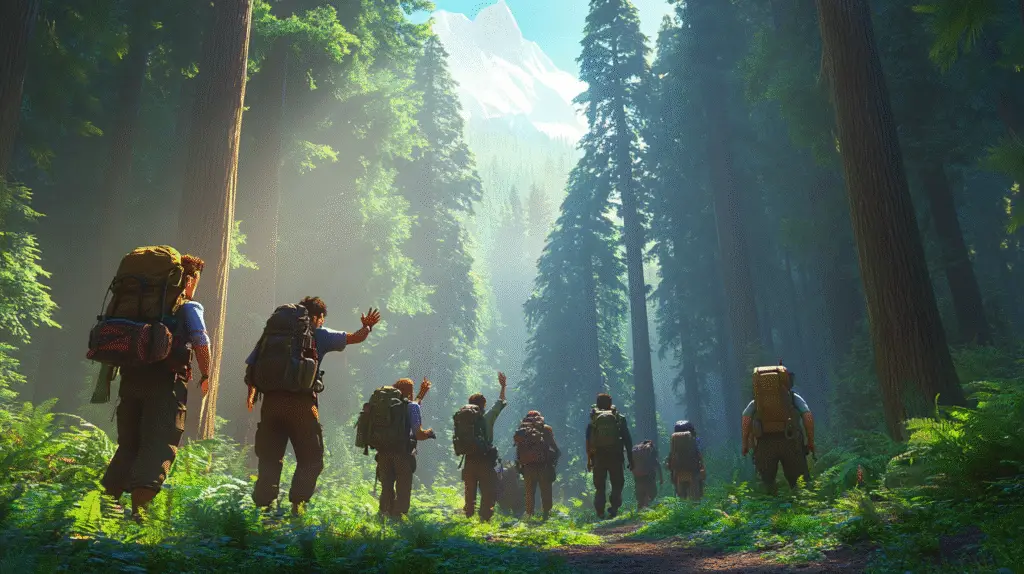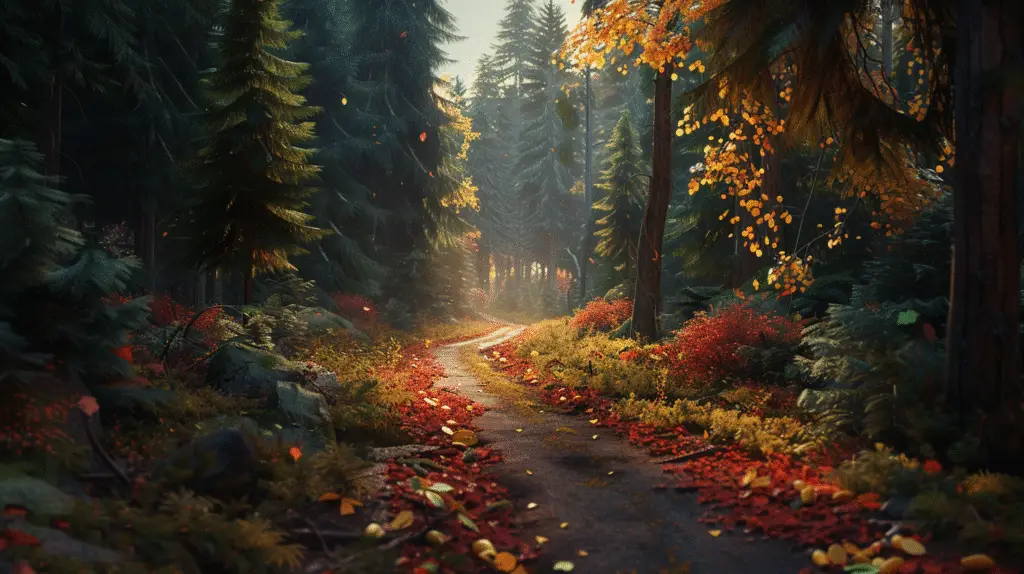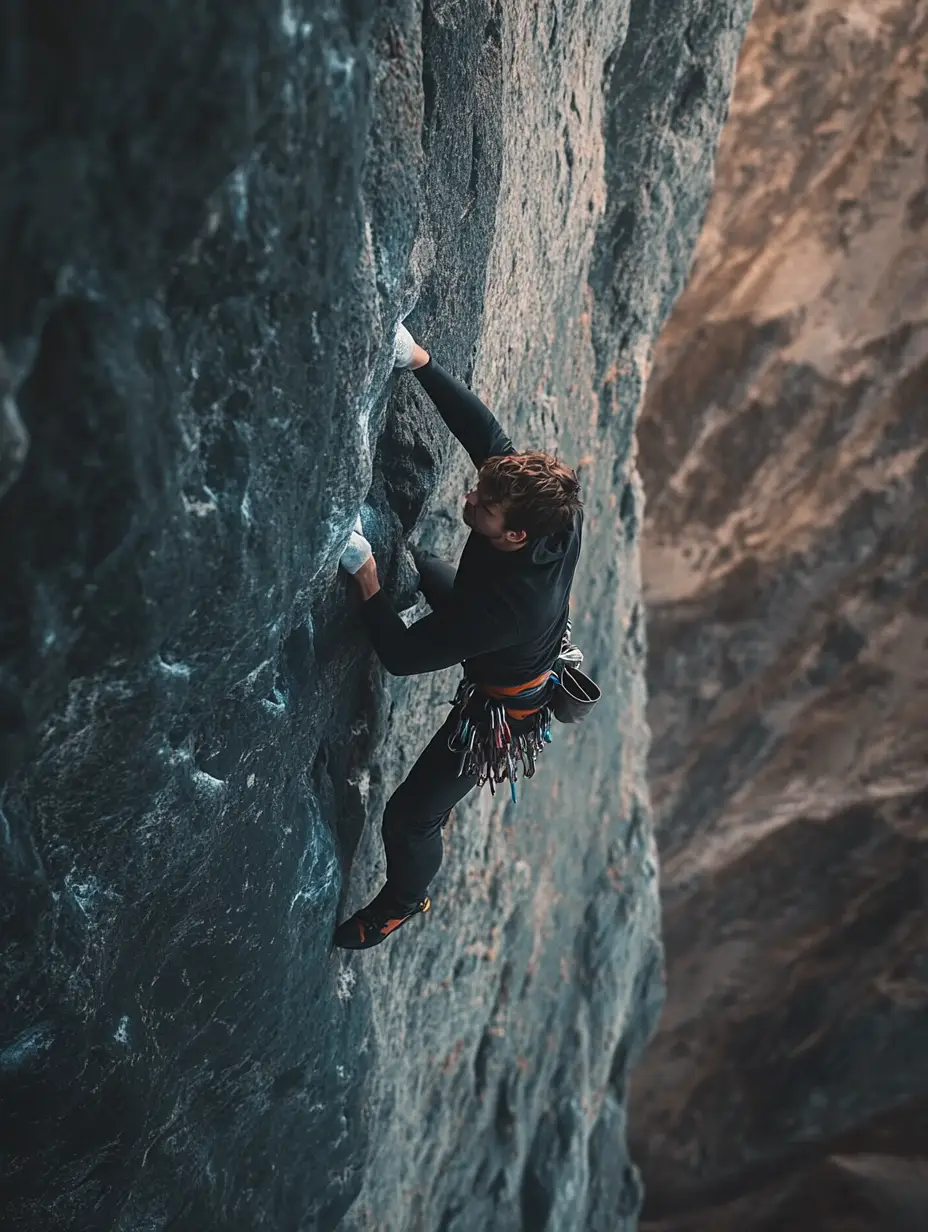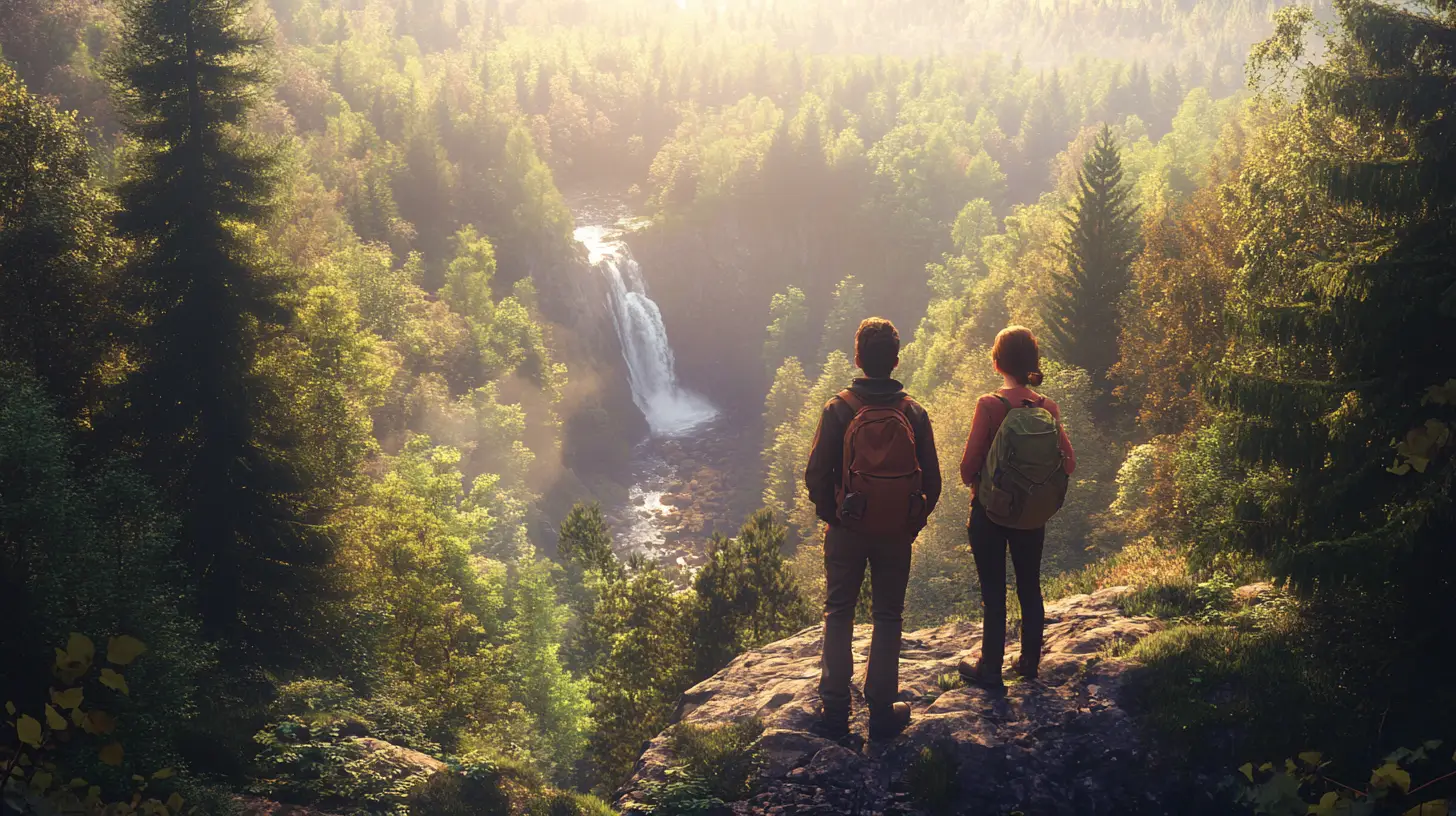
How to Become a Hiker
Hiking is much more than strapping on a backpack and hitting a trail. It’s an invitation for the body and mind to reconnect with the natural world — and with yourself.
In a time of constant screens and busy cities, walking outdoors offers something simple and powerful: movement, silence, landscapes, and freedom. The physical health benefits are clear — improved conditioning, muscle strength, better sleep, reduced stress — but there’s also a deeper, invisible gain: a sense of presence.




